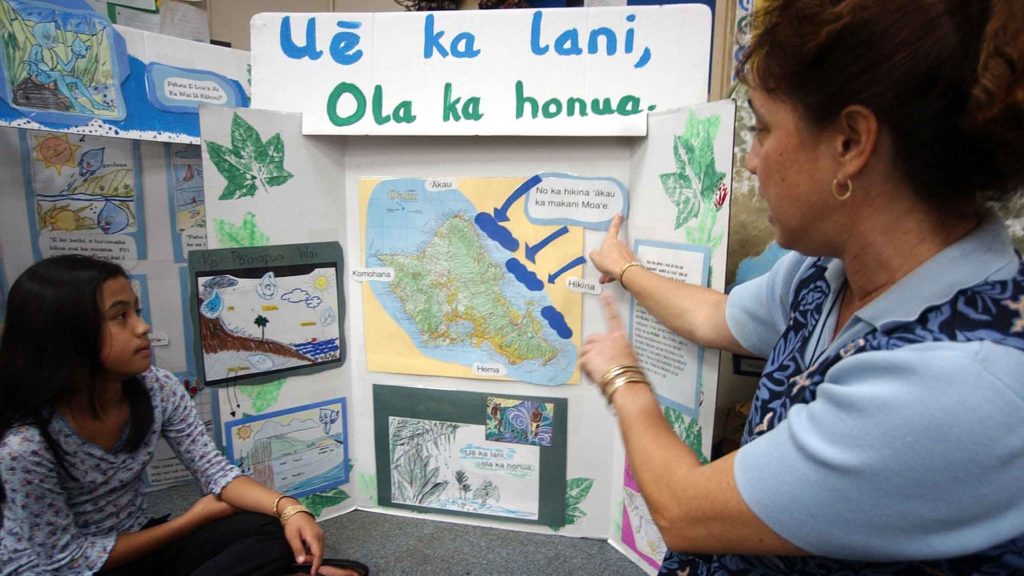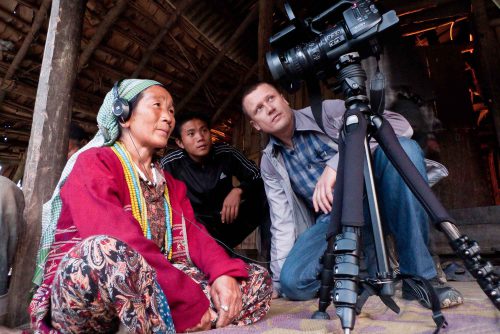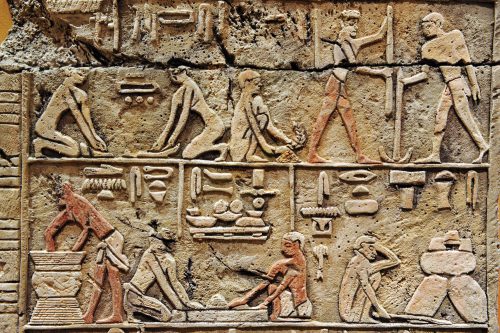Language and Diversity

Linguistic anthropology lays plain the dynamic nature of languages and how they make possible a variety of different understandings of the world around us. In this unit, students will consider language creation and extinction, and explore a diversity of languages and the various ways researchers study languages.

Do You See What I See?

Where Do “New” Languages Come From?

Want to Make Academic Writing More Readable? Ask a High School Student.

Caring Across Distance—One Call at a Time

Huh? The Valuable Role of Interjections

The Hopes and Hazards for AI in Reconstructing Ancient Worlds

Broken Sonnets for the Anthropocene

Connecting Local Communities to Paleoanthropology in Kenya

How Heavy Metal Fuels Indigenous Revival in Patagonia

Tallahassee Ghazal

Emic/Etic

Five Reasons Why Trump Won Again

Finding Our Way Forward—by Remembering

Griko’s Poetic Whisper

An [un]Heroic Journey

Forest as Kin and Pantry in the Himalayas

How Cultural Knowledge Sustained Desert Farms in the Ancient Andes

Earworm

How Heavy Metal Fuels Indigenous Revival in Patagonia

Launching Starship in South Texas

Want to Make Academic Writing More Readable? Ask a High School Student.

Shading U.S. Empire in Puerto Rico’s Ballroom Scene

Huh? The Valuable Role of Interjections

Passing Notes

Tackling the Impossibility—and Necessity—of Counting the World’s Languages

Do You Want to Write for SAPIENS?
- Linguistic anthropologists are well-positioned to consider the cycles of languages: how they are created, how they change over time in numerous ways, and how they die.
- There are an estimated 6,000 languages spoken around the world, and this diversity represents different ways of seeing the world, interacting, and talking about social interactions, the environment, food, politics, and complex abstract concepts about time, space, color, the divine, etc.
- Linguistic anthropologists have been vocal about the predicament in which humanity find itself: that many languages are at risk of extinction.
- The study of linguistics and culture helps make sense of why languages are threatened, allows for a deep appreciation of the power of languages and the diverse perspectives they produce, and permits all of us to consider what can be done to stop this process.
- Some linguistic anthropologists also track the struggles and successes of people who are working to resuscitate dying languages and highlight ways to support these processes.
-
Limerick, Nicolas. 2018. “Attaining Multicultural Citizenship Through Indigenous-Language Instruction: Successful Kichwa Misfires and the Modeling of Modernist Language Ideologies in Ecuador.” Journal of Linguistic Anthropology 28 (3): 313–331.
-
Otheguy, Ricardo, Ofelia García, and Wallis Reid. 2015. “Clarifying Translanguaging and Deconstructing Named Languages: A Perspective From Linguistics.” Applied Linguistics Review 6 (3): 281–307.
- Discuss the beginnings of languages: Where do they come from? How are they created?
- Name some reasons why languages are at risk of extinction.
- Do you think that it is important to save languages? Do you think there are conditions under which some languages should not be saved?
- What does the 2017 SAPIENS article by Nicola Jones teach us about how language helps people understand the world?
- What is the Limerick (2018) article saying about language diversity and belonging? How does this message apply to the other readings?
- Have students watch the Hollywood film Arrival and discuss what it says about the nature of language.
-
Article: SAPIENS’ “Why Are Languages Worth Preserving?”
-
TED Playlist: How Languages Change Over Time
Eshe Lewis (2020)
Language and Gender
